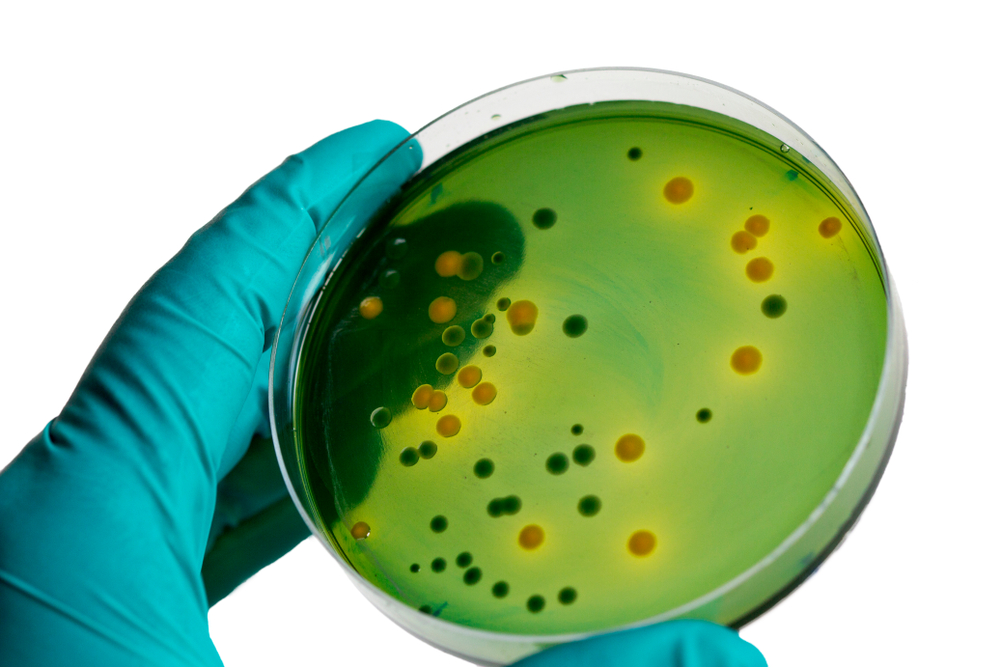
What is being tested?
The test is looking for the presence of Trichomonas vaginalis.
How is it used?
In some laboratories, the swab is placed onto a slide and examined under a microscope to visually see the presence or absence of Trichomonas. However, the preferred method is using nucleic acid amplification testing (NAAT) to detect the DNA of Trichomonas vaginalis in urine and other samples. This method is more sensitive than microscopic examination.
When is it requested?
Your doctor may request the test if you show signs of symptoms, such as vaginal discharge or pain on urination. Co-infection with other sexually transmitted diseases is likely. If you have an infection with another sexually transmitted disease, your doctor might test for Trichomonas vaginalis as well. Likewise, if you are positive for Trichomonasis your doctor may test you for other STDs such as Chlamydia and Gonorrhoea. Testing may also be performed if your partner has tested positive for a STD. Re-testing may also occur to ensure that the infection has been eradicated as reinfection from an untreated partner is common.
What does the result mean?
A positive result means an infection of Trichomonasis. This requires treatment with a course of antibiotics, usually Metronidazole. All sexual partners of a positive infected person should also be tested. Infection, especially in men, can often be asymptomatic (no obvious symptoms).
A negative test means either there is no infection with T. vaginalis and symptoms are due to another cause or Trichomonas was not able to be detected in the sample using the test method performed. If Trichomoniasis is still suspected, a different testing method may be used or a repeat sample may be taken to confirm the result.
Is there anything else I should know?
Trichomonasis is one of the most prevalent, treatable non-viral STDs, mostly affecting women. It is more common in Aboriginal populations especially in rural and remote communities.
An infected person is at greater risk of getting other STDs, so the doctor may want to test for these other infections also.
Trichomonas infection can affect pregnancy, contributing to premature birth and low birth weight. You should inform your doctor if you think you might be pregnant. The doctor may medically manage a woman who is infected and in her first three months of pregnancy differently.
Common questions
In women, vaginal discharge is typically described as copious, liquid, greenish, frothy and foul smelling. Symptoms, such as intense vaginal discharge, are often sudden and frequently noted to occur during or after menstruation. Itching or redness in and around the vagina may also be experienced. Other symptoms can include pain during sexual intercourse, discomfort or swelling in the lower abdomen or groin, and the frequent urge to urinate, often with pain and burning. However, at least 10% of women with Trichomonas vaginalis infections are asymptomatic.
Most infected men have no symptoms but when they do, symptoms include discharge from the urethra, a frequent urge to urinate, and a burning sensation on urination.
The organism is transmitted via sexual contact. Female to female and neonatal transmission from mother to child during birth are rare but have been reported.
It is usually treated with an antibiotic called Metronidazole. All current sexual partners should be notified and treated at the same time or the patient is likely to become re-infected.
What is Pathology Tests Explained?
Pathology Tests Explained (PTEx) is a not-for profit group managed by a consortium of Australasian medical and scientific organisations.
With up-to-date, evidence-based information about pathology tests it is a leading trusted source for consumers.
Information is prepared and reviewed by practising pathologists and scientists and is entirely free of any commercial influence.